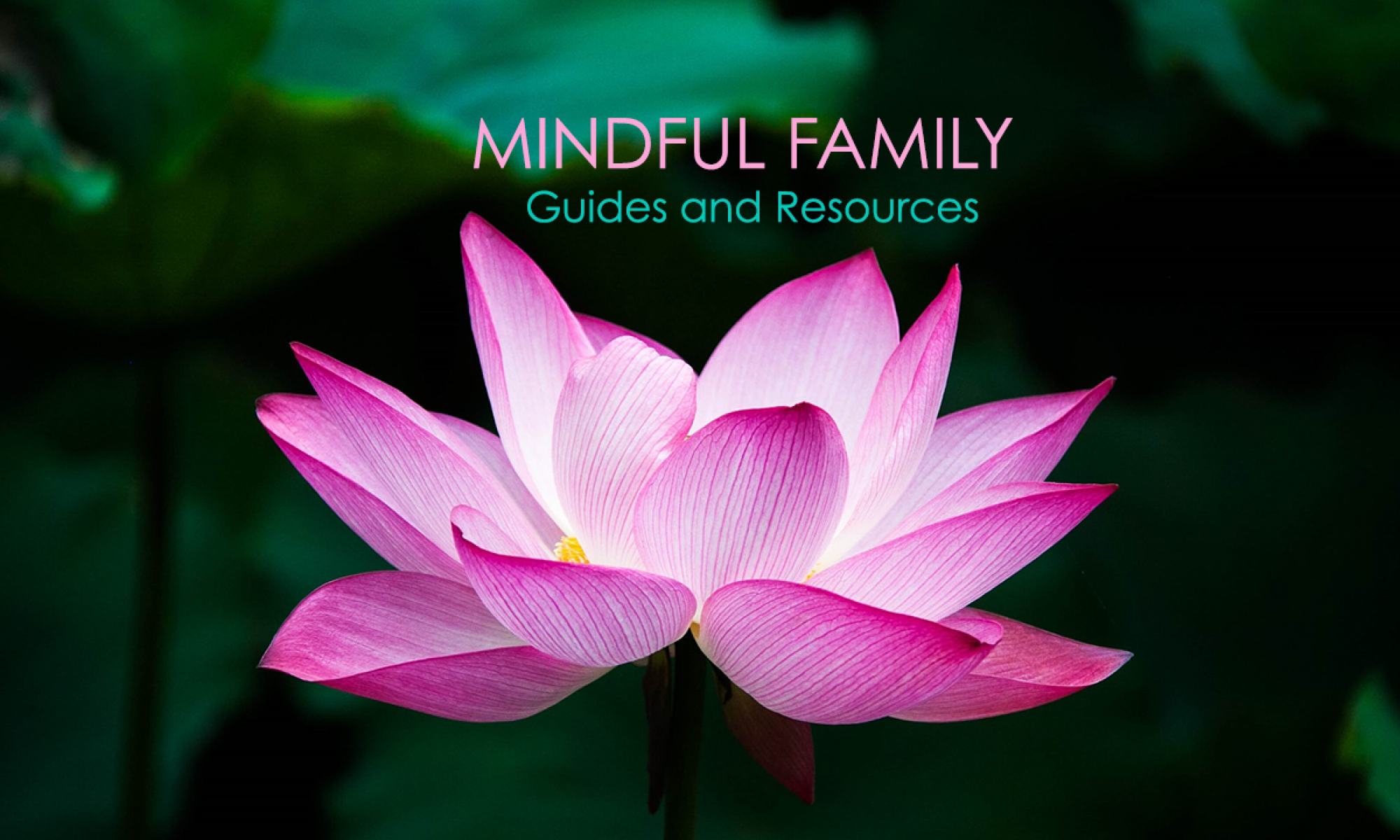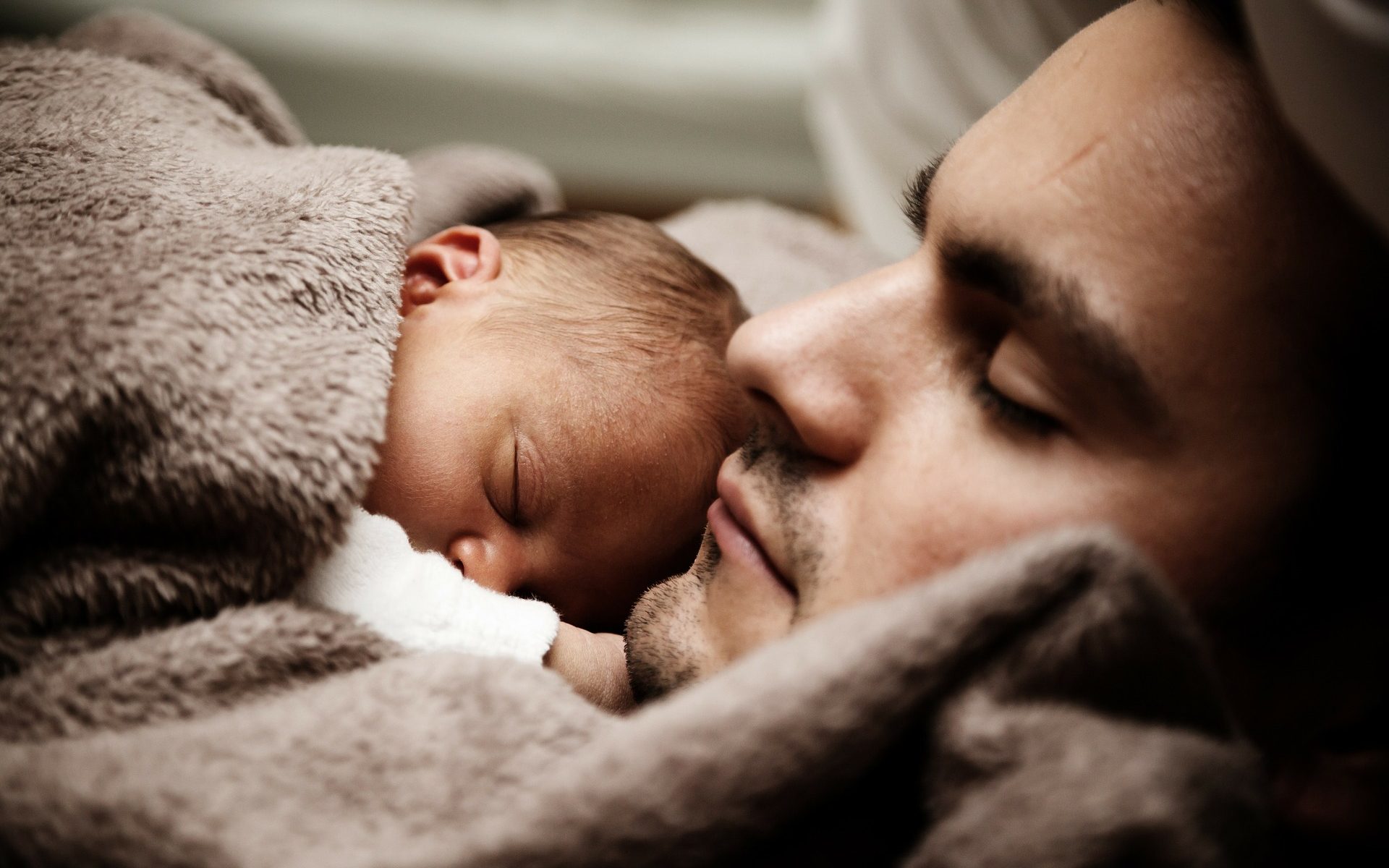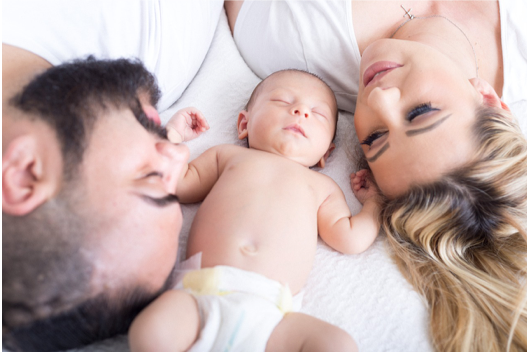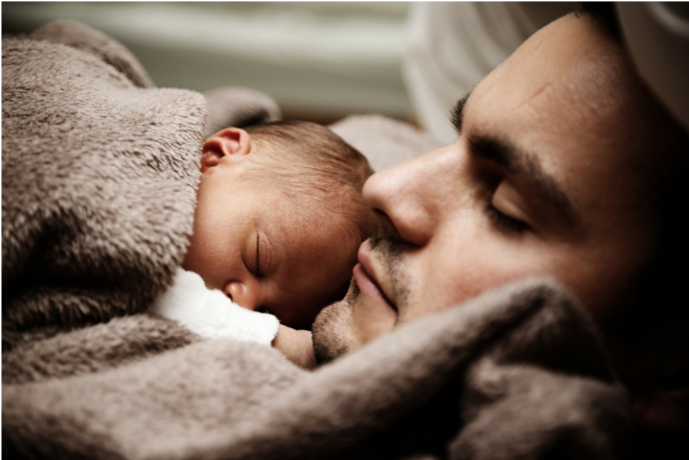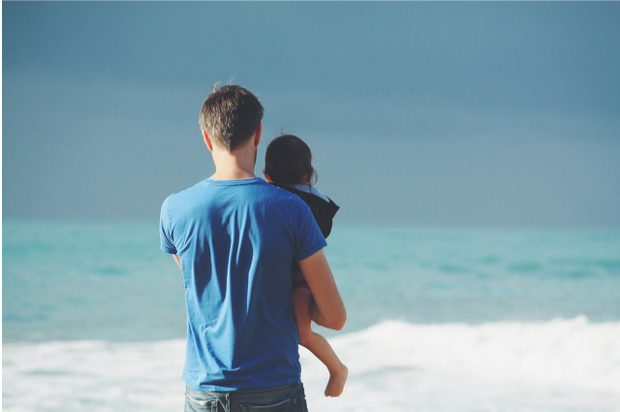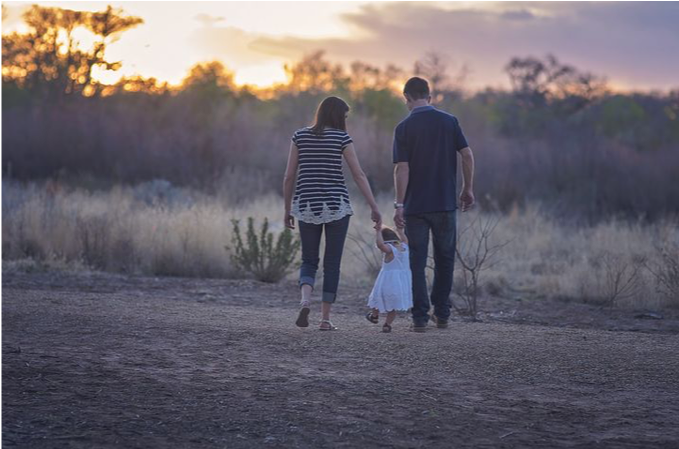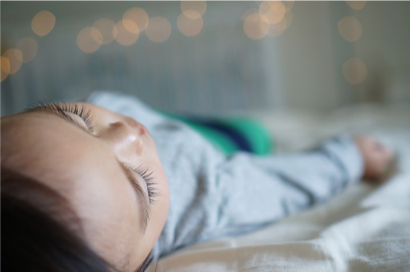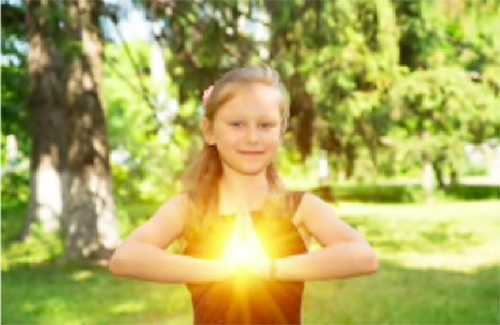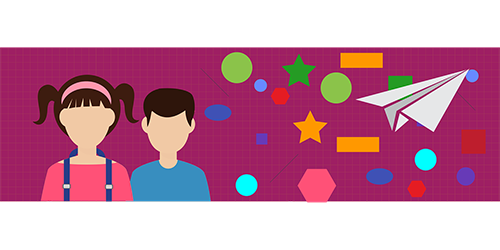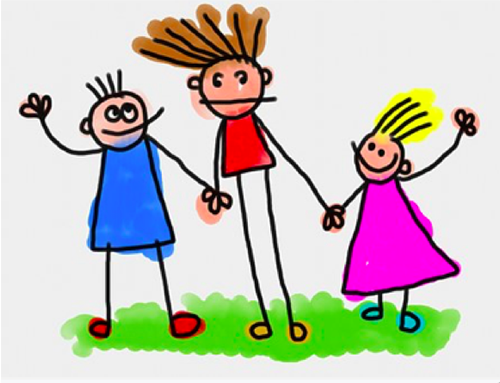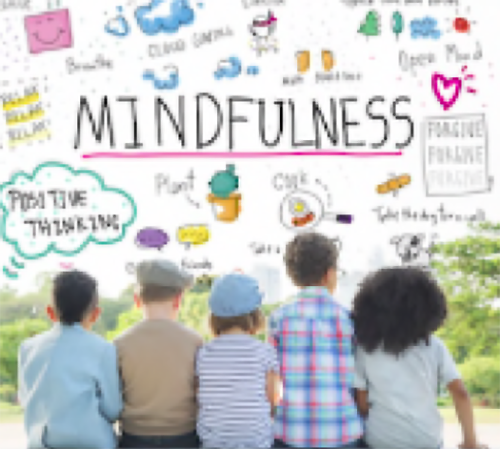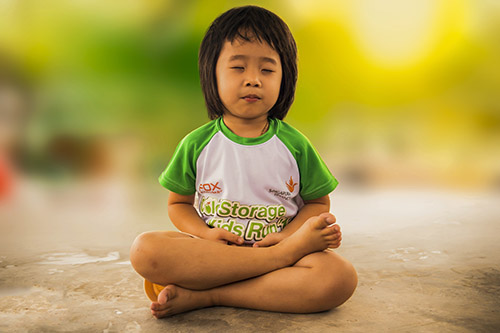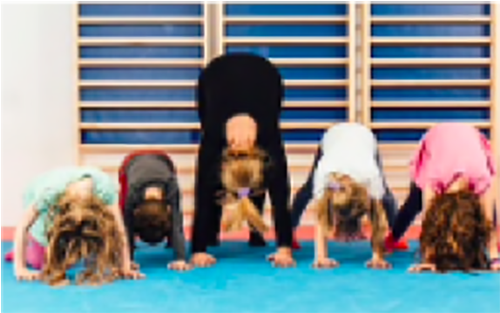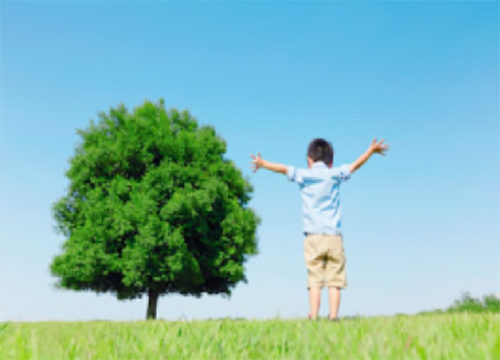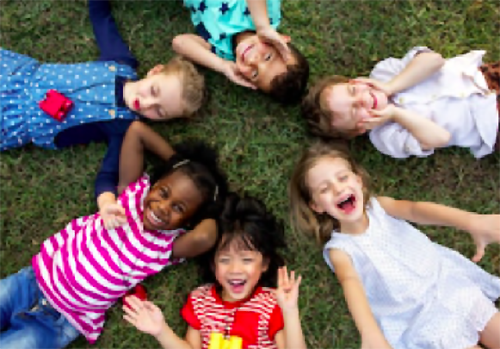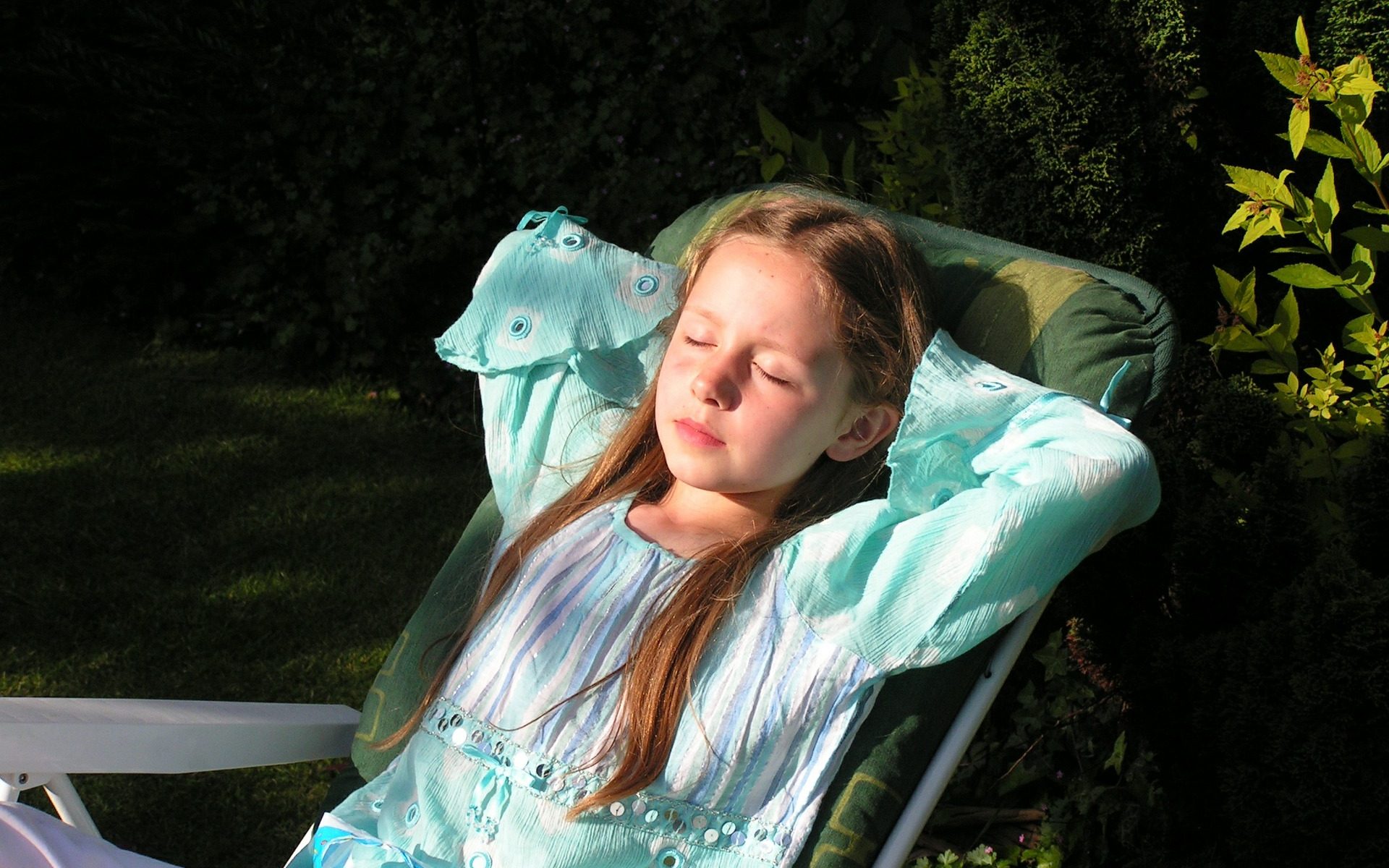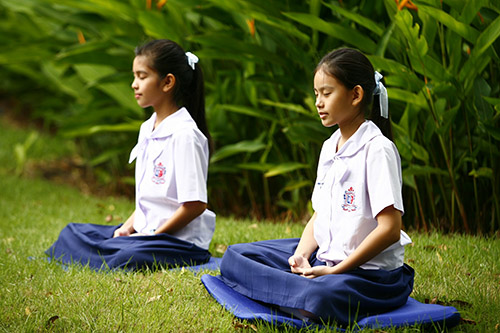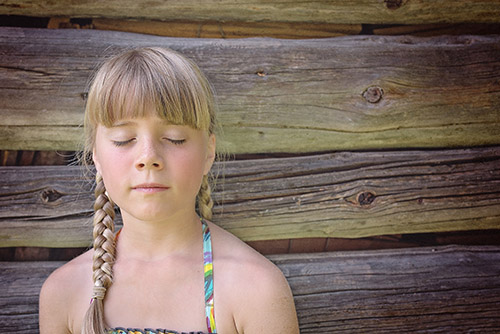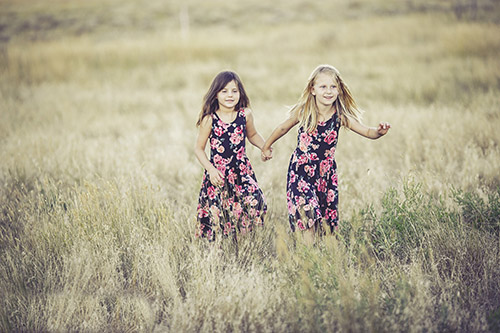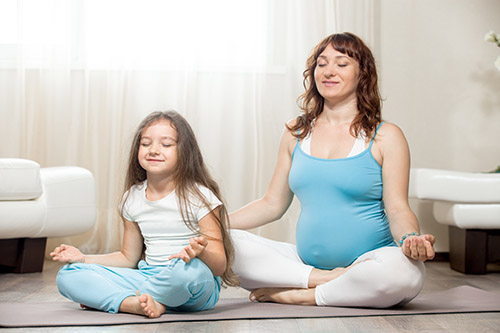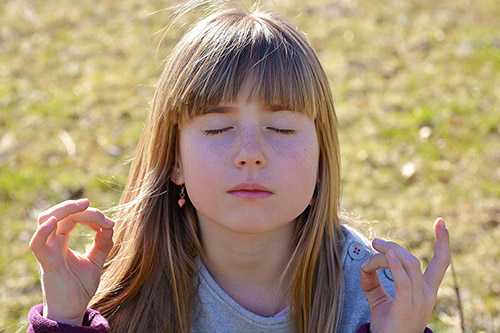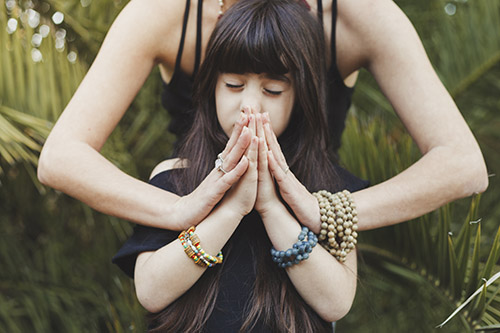By Magdalena Marzec
The Meaning of Mindfulness
Mindfulness is the act of being fully present in the moment and maintaining an open mind while remaining aware of what is going on around you, without judgement (Sheridan, 2016). This includes paying careful attention to what you are experiencing in any current moment, whether it may be a physical sensation, thought, or feeling, and doing so with purpose, intention, and acceptance.

Tapping into a state of mindfulness and resisting thoughts about the past or future can be difficult, and like any skill, tends to improve with regular practice. The most important thing to remember about mindfulness is the need to be kind to yourself as you acknowledge the details of your experience in the present moment, and simply remain curious and receptive to what is there instead of immediately deciding whether it is good or bad. You can start by practicing mindfulness for just a couple of minutes daily!
The Benefits of Practicing Mindfulness During Pregnancy

There are numerous benefits to practicing mindfulness throughout various stages in life. Becoming more aware of what your body, mind, and surroundings are telling you is a form of self- care practice that can help you develop new coping strategies and stay happy and healthy (Sheridan, 2016). While this is useful in many different situations, it can be particularly helpful during pregnancy, when so many new changes are occurring. Practicing mindfulness throughout the prenatal period has been shown to reduce feelings of depression, distress, and anxiety associated with pregnancy, as well as worries related to labour itself, and improve overall mood among expectant mothers (Krusche, Dymond, Murphy & Crane, 2018).
Considering that prenatal depression is not only a predictor of postnatal depression but can also have a direct and significantly negative impact on the entire family unit, mindfulness may be especially useful in the appropriate management of intense feelings of sadness and hopelessness during pregnancy (Krusche et al., 2018). Furthermore, practicing mindfulness has been shown to improve pain management by separating physical experience from mental and emotional experience, allowing for increased emotional control over pain tolerance (Bonura, 2018). As a result, this can have a direct and positive impact on pain experience throughout pregnancy, specifically with regards to common complaints such as lower back and pelvic girdle pain.
Mindfulness Exercise Ideas
Yoga is a popular example of mindfulness exercise which includes not only a physical component focused on stretching and strengthening, but also breathing, deep relaxation, and mental meditation (Bonura, 2018). There are often numerous prenatal yoga classes offered throughout the community which focus on providing more of an intimate and personalized experience for expectant mothers specifically, as well as an opportunity to connect with and support one another (Bonura, 2018).
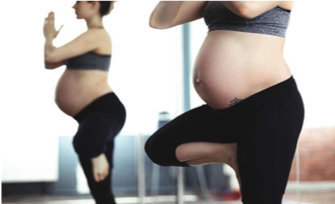
Other mindfulness exercise ideas that combine physical activity with both breathing and focus strategies include martial arts such as Tae kwon do, Kung fu, and Karate, as well as traditional Chinese mindfulness practices like Tai chi and Qi gong (Bonura, Spadaro & Thornton, 2016). Although women who lack previous experience with martial arts may be advised to choose mindfulness exercises that are gentler, those who have engaged in such activities prior to pregnancy may be able to continue enjoying them after consulting their healthcare provider and modifying their practice as needed (Bonura et al., 2016).
Two specific mindfulness activities that can be practiced independently at home include the following:
3-Part Breath
Begin by moving into a comfortable seated position down on your mat, placing a cushion beneath you for additional support if desired, and crossing one foot in front of the other. Bring your knees wider if needed to ensure that your belly rests comfortably onto your lap and relax your hands down on your knees. Take a soft gaze and then close your eyes as you bring your awareness to your breath. First pay attention to its natural rhythm and then slowly begin to deepen the breath. As you bring each inhale deeper into the belly, visualize the oxygen-rich air moving into your uterus, nourishing your infant.
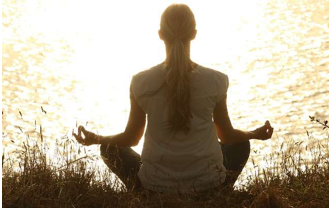
Continue to inhale and imagine your ribcage expanding as well, and finally your chest. Pause at the top of the inhale just below the throat and then follow it with an equally slow exhale. Visualize the stale air leaving your body and your womb as your chest, ribcage, and then belly relax, in that order. As you reach the bottom of the exhale, pause for a moment and imagine that any negative thoughts and emotions are evaporating, releasing anything that no longer serves you and your infant. Repeat this cycle three to four times at your own pace, then return to a normal, comfortable pace of breathing and acknowledge any new physical sensations that may have arisen.
3-Part Breath Video
Video created by Magdalena Marzec
1:37 mins, November 2018
Head to Toe Body Scan and Relaxation
Move your way onto your back, using blankets or cushions beneath you as needed. Allow your toes to flop out and your arms to relax down at your sides. Let your eyelids become heavy and then softly close and focus on releasing your body onto the mat below. Feel the floor hold you up completely. Bring your attention to your face and focus on softening the little space between your eyebrows, then the remainder of your facial features. Relax through the back of your head and down the length of your spine.
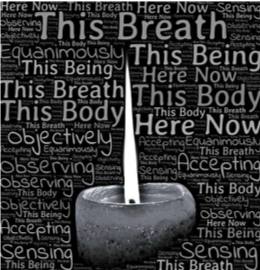
As you mentally scan each individual body part one at a time, from head to toe, focus on softening it fully before continuing to the next one. Visualize your arms, hips, and belly relaxing. Feel your infant release completely in utero, and then move down your legs all the way to your feet, and finally the tips of your toes. Release any physical tension, tightness, tenderness, and pain as you go. Maintain this final position for a couple of minutes, enjoying your stillness, then wiggle your fingers and toes to bring awareness back into your body. Finally, check in with yourself for any new sensations that may have arisen.
Mindful Pregnancy Resources
Mindful Birthing

“Mindful Birthing” is a resource for both pregnant women and those who are already parents, and the official website for the “Mindfulness-Based Childbirth and Parenting Program”. This program guides parents-to-be in yoga and mindful meditation practice and includes information regarding the process of childbirth, strategies for pain management during labor, advice on comfortable birthing position, as well as tips on breastfeeding and parenting after birth. It prepares expectant mothers and their partners for the challenges of parenthood through the development of both physical and mental awareness. The classes are offered internationally and teach participants about the importance of physical relaxation, mental engagement, stress management, confidence building, and effective communication, among other skills.
URL: http://www.mindfulbirthing.org/classes-training/parents/
Mindfulness4U

“Mindfulness4U” is a website that focuses specifically on the promotion of mindfulness for various aspects of life, including pregnancy and childbirth. A significant section of the website is dedicated to answering any questions that expectant parents may have regarding strategies in developing a mindful approach to pregnancy, labour, and birth. The benefits of mindfulness are discussed as well as its use in coping with both physical and mental pain, and even parenting itself. Specific tips are provided to enhance awareness and coping, including the importance of sleep, breathing, and social support.
URL: https://mindfulness4u.org/mindfulness-in-pregnancy-and-childbirth/
Expectful

“Expectful” is a meditation app that offers 10- and 20-minute segments of guided audio specifically for aspiring, expectant, and new mothers. The app includes videos regarding the benefits of developing a regular meditation practice during pregnancy, as well as physical exercise ideas. There are numerous different meditations offered, dependent on whether women want to engage independently or with their partners, and how far along through their pregnancy they currently are. Information is provided on fertility treatments, trimester expectations, and ways to occasionally take a break from thinking about parenthood, if needed. The app helps women become more mindful and grounded in preparation for birth.
Spotify (Guided Meditation and Relaxing Music for Pregnant Women)

This section of the “Spotify” website provides pregnant women with numerous choices for relaxing meditation music. The songs feature gentle and soothing piano, flute, and harp options, and many of them are titled as though they are meant to relax the unborn infant in addition to the expectant mother. The music is a source of guided meditation, promoting mindfulness, relaxation, intimacy, and deep sleep, among other things. With a variety of both shorter and longer options to choose from, mothers-to- be are given an opportunity to enjoy physical and mental stress relief through sound.
URL: https://open.spotify.com/album/4RChB95tXEaZMGCnzINcPP
The Headspace Guide to a Mindful Pregnancy

This novel, written by a Buddhist monk, is offered as a hardcopy, e-book, or even audio book version. Andy Puddicombe, an experienced father himself, uses his words to guide expectant parents towards developing a deeper sense of mindfulness throughout their journey through fertility, pregnancy, and childbirth, and finally into parenthood. The creation of a peaceful environment for both parent and infant is promoted throughout this novel, as a strategy behind easing mental stress and navigating the challenges associated with parenthood. Readers are encouraged to engage in just 10 minutes of meditation each day to begin reaping the benefits of increased awareness.
URL: https://www.amazon.ca/Headspace-Guide-Mindful-Pregnancy/dp/1444722220
Reference List
Bonura, K.B. (2018). Just breathe: Mindfulness as pain management in pregnancy. International Journal of Childbirth Education, 33(1), 6-9. Retrieved from https://icea.org/about/icea-journal/
Bonura, K.B., Spadaro, N.I., & Thornton, R.W. (2016). Mindful fitness: Guidelines for prenatal practice. International Journal of Childbirth Education, 31(1), 14-17. Retrieved from https://icea.org/about/icea-journal/
Krusche, A., Dymond, M., Murphy S.E., & Crane, C. (2018). Mindfulness for pregnancy: A randomized controlled study of online mindfulness during pregnancy. Midwifery, 65(1), 51-57. Retrieved from https://www.midwiferyjournal.com/
Sheridan, C. (2016). The mindful nurse: Using the power of mindfulness and compassion to help you thrive in your work. Charleston, SC: Rivertime Press.
